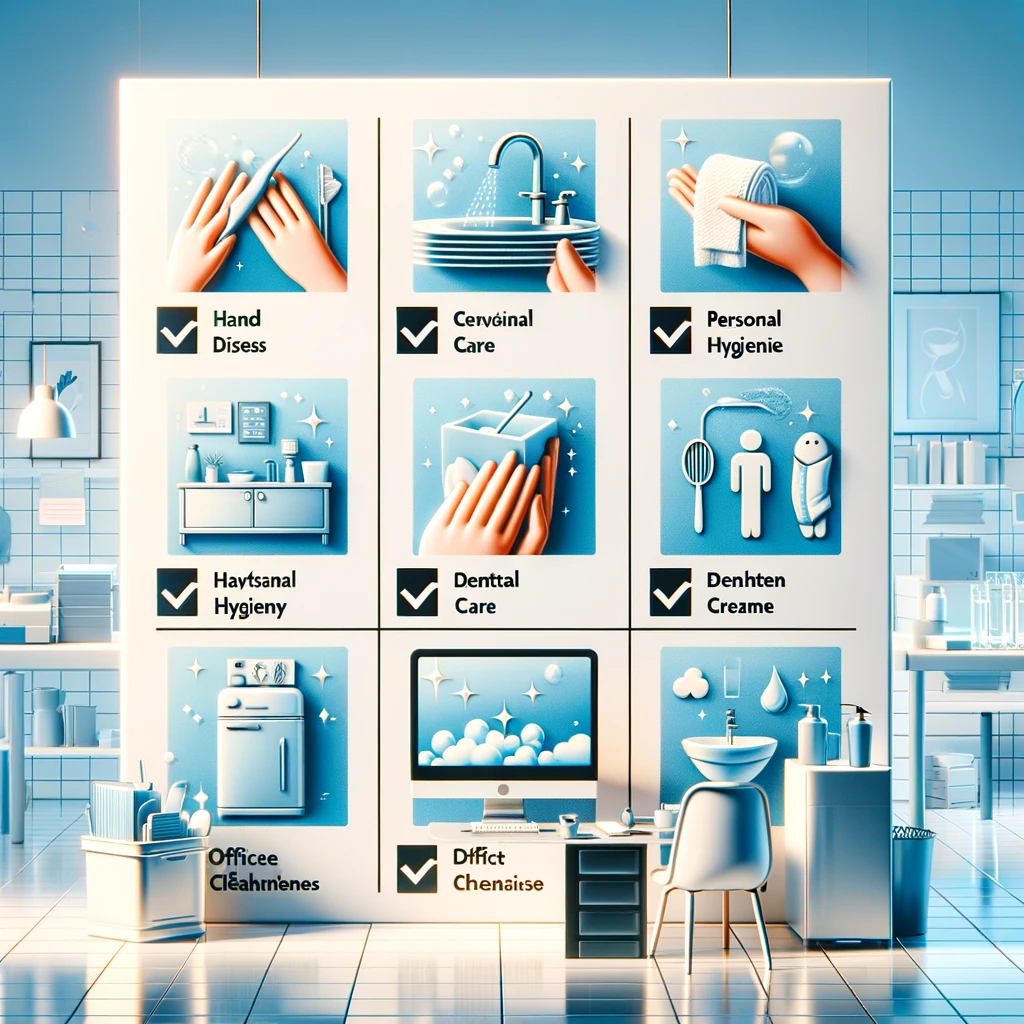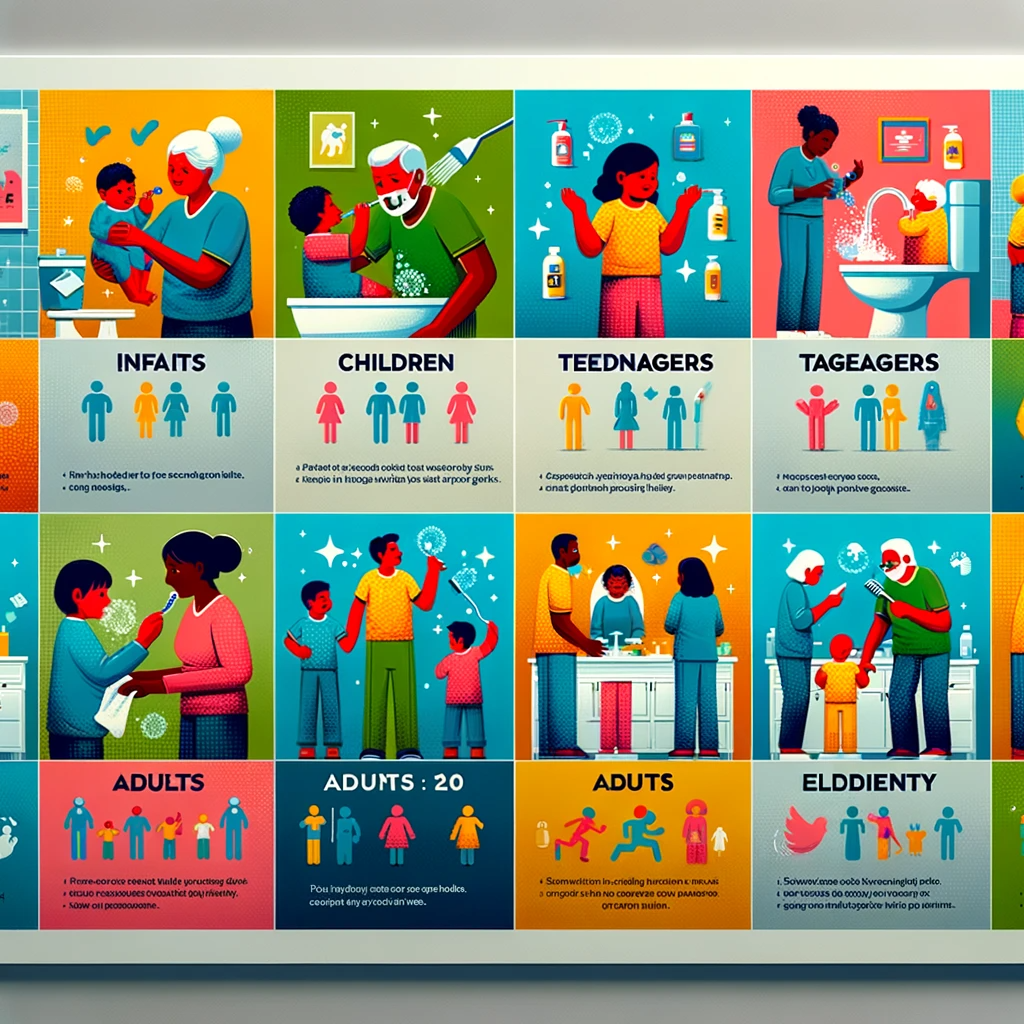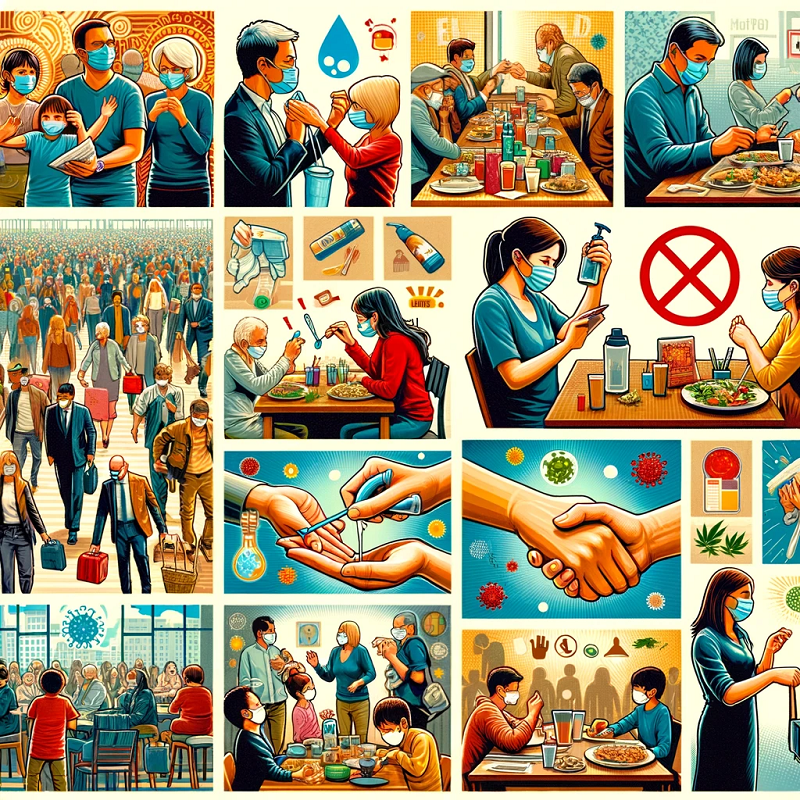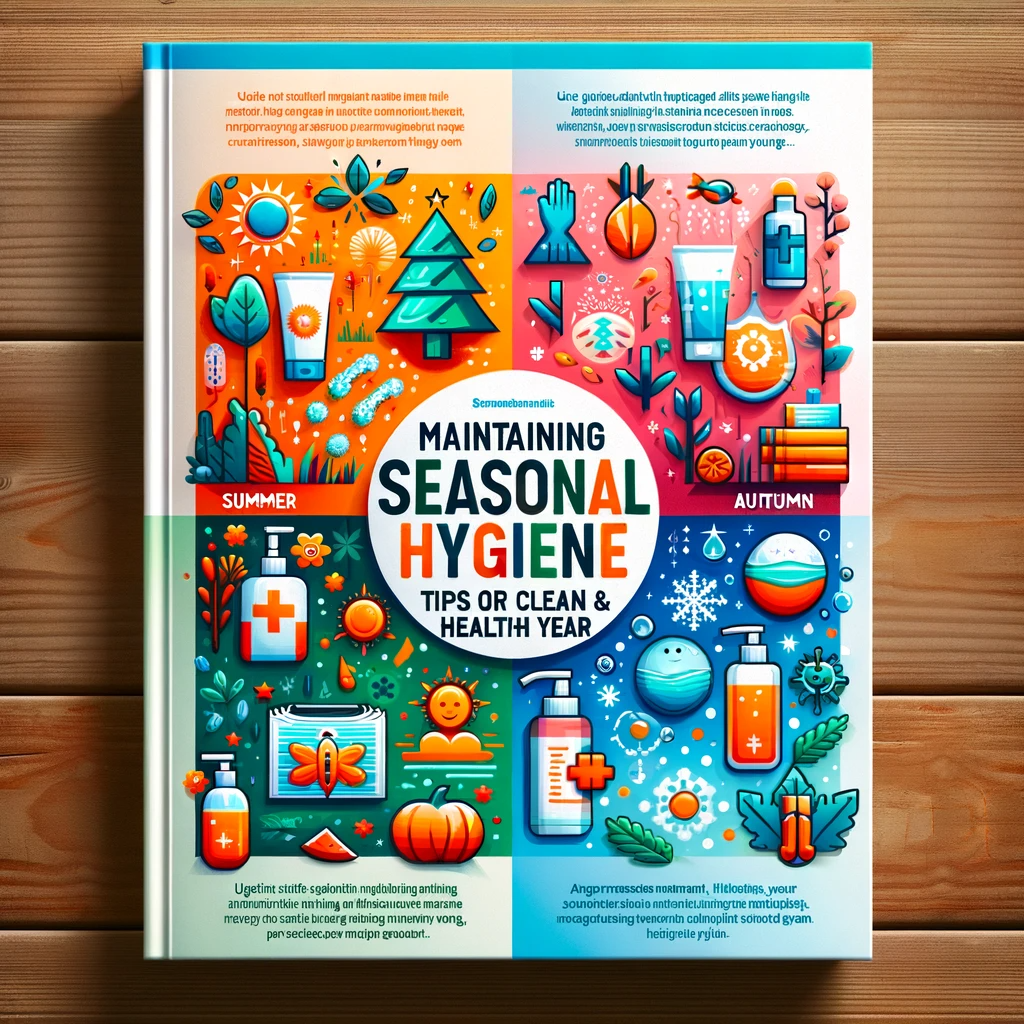Cleanliness and hygiene play a pivotal role in our daily lives, shaping not only our health but also the quality of the environments we inhabit. From our homes to businesses, healthcare facilities to restaurants, maintaining high standards of cleanliness is paramount. In this comprehensive exploration, we delve into the world of hygiene checklists and their significance across various settings. We’ll uncover the key components that make a hygiene checklist effective, offer a step-by-step guide to creating one, and emphasize the importance of personal hygiene. Furthermore, we’ll navigate the business landscape, discussing how to establish hygiene standards, monitor and enhance hygiene practices, and harness the power of technology to optimize hygiene checklists. Finally, we’ll unveil the multitude of benefits that arise from implementing these invaluable tools, from safeguarding health and safety to instilling confidence in customers and employees. In a world where cleanliness is of the essence, hygiene checklists stand as a beacon, guiding us towards a cleaner, safer, and healthier tomorrow.
| Objective | Strategies |
|---|---|
| Increasing Productivity | – Time management techniques |
| – Prioritization of tasks | |
| – Setting clear goals and objectives | |
| – Automating repetitive tasks | |
| – Eliminating distractions | |
| Improving Communication | – Active listening |
| – Effective feedback | |
| – Clear and concise messaging | |
| – Regular team meetings | |
| – Use of communication tools | |
| Enhancing Customer Service | – Empathy and active listening |
| – Prompt responses to inquiries | |
| – Personalization of service | |
| – Continuous training for staff | |
| – Customer feedback collection | |
| Increasing Profitability | – Cost-cutting measures |
| – Price optimization | |
| – Diversifying revenue streams | |
| – Cross-selling and upselling | |
| – Investment in marketing and sales | |
| Promoting Sustainability | – Reducing energy consumption |
| – Waste reduction and recycling | |
| – Adoption of renewable energy sources | |
| – Sustainable sourcing and practices | |
| – Educating employees and stakeholders | |
| Enhancing Employee Morale | – Employee recognition programs |
| – Providing opportunities for growth | |
| – Work-life balance initiatives | |
| – Encouraging open communication | |
| – Offering wellness programs | |
| Improving Decision-Making | – Data analysis and interpretation |
| – Collaborative decision-making | |
| – Risk assessment and mitigation | |
| – Seeking expert opinions | |
| – Setting decision-making frameworks |
Introduction to Hygiene Checklists
In our daily lives, cleanliness and hygiene are paramount. Whether we’re talking about our homes, workplaces, schools, or even public spaces, maintaining a high level of hygiene is essential for our well-being. However, ensuring complete cleanliness can sometimes be a daunting task, especially when there are multiple factors to consider. This is where hygiene checklists come into play. These simple yet effective tools help individuals and organizations maintain a standard of cleanliness that promotes health and safety. In this article, we will explore the world of hygiene checklists, delving into their significance, components, and how to create an effective one.
The Importance of Hygiene in Various Settings
Hygiene isn’t just about keeping things tidy; it’s about safeguarding our health and well-being. Whether you’re at home, in a restaurant, a hospital, or a manufacturing facility, hygiene plays a pivotal role. Let’s break down the importance of hygiene in various settings:
- Home: In our homes, maintaining cleanliness ensures a healthy living environment. Regular cleaning and hygiene practices prevent the spread of germs, allergens, and diseases among family members.
- Restaurants: Restaurants must adhere to strict hygiene standards to protect customers from foodborne illnesses. Clean kitchens, sanitized utensils, and proper food handling are essential for ensuring that the dining experience is both enjoyable and safe.
- Hospitals: Hospitals are places where cleanliness can be a matter of life and death. Proper hygiene reduces the risk of infections, making it a top priority for healthcare facilities. Hygiene checklists help healthcare professionals maintain a sterile environment and protect patients.
- Manufacturing Plants: In manufacturing plants, cleanliness is essential for product quality and safety. Hygiene practices ensure that products are free from contaminants and safe for consumers.
Components of an Effective Hygiene Checklist
Creating a hygiene checklist that effectively ensures complete cleanliness involves several key components. Let’s take a closer look at what should be included:
- Specific Tasks: A good hygiene checklist should include specific tasks that need to be performed. For example, in a restaurant, tasks may include sanitizing food preparation surfaces, washing hands regularly, and checking refrigerator temperatures.
- Frequency: Indicate how often each task should be performed. Some tasks, like washing hands, may need to be done frequently throughout the day, while others, like deep cleaning, may be less frequent.
- Responsibility: Assign responsibility for each task. Clearly define who is responsible for carrying out each action to avoid confusion or oversight.
- Standards and Guidelines: Refer to industry-specific standards and guidelines. Different settings may have specific hygiene regulations that need to be followed, so make sure your checklist aligns with these standards.
- Checkboxes or Tracking: Include a way to track and record completed tasks. Checkboxes or digital tracking systems can help ensure that nothing is missed.
- Documentation: Maintain records of completed checklists. Documentation not only serves as a record of compliance but also allows for analysis and improvements over time.
Creating Your Hygiene Checklist: A Step-by-Step Guide
Now that we understand the importance and components of hygiene checklists, let’s dive into how you can create one tailored to your specific needs. Follow this step-by-step guide to ensure that your hygiene checklist is comprehensive and effective:
- Identify Your Setting: Determine the setting for which you are creating the checklist. Whether it’s a home, a restaurant, a hospital, or a different environment, understanding the context is essential.
- Research Standards: Research and familiarize yourself with any industry-specific standards, guidelines, or regulations related to hygiene. This will serve as the foundation for your checklist.
- List Key Areas: Identify the key areas or zones that require hygiene maintenance. For instance, in a restaurant, you may have separate sections for the kitchen, dining area, and restroom.
- Detail Specific Tasks: Within each area, list specific tasks that need to be performed. Be as detailed as possible. For example, under “Kitchen,” you might include tasks such as “cleaning countertops,” “disinfecting cutting boards,” and “checking refrigerator temperatures.”
- Determine Frequency: Indicate how often each task should be completed. Some tasks may need to be done daily, while others may be weekly or monthly.
- Assign Responsibility: Assign responsibility for each task. Clearly define who is responsible, whether it’s an individual or a team.
- Create a Tracking System: Decide how you will track completed tasks. Whether it’s through physical checkmarks on a printed checklist or using digital software, ensure that there’s a reliable method for tracking compliance.
- Test and Adjust: Before implementing your checklist, test it to ensure that it covers all necessary aspects and is practical to follow. Be open to adjustments based on feedback and real-world use.
- Training and Implementation: Train individuals or teams responsible for following the checklist. Ensure that they understand their roles and responsibilities.
- Regular Audits: Conduct regular audits to check compliance with the checklist. This step is crucial for maintaining cleanliness consistently.
- Record Keeping: Maintain records of completed checklists and any deviations. This documentation will help in tracking trends and making improvements.
Essential Items for Personal Hygiene
Personal hygiene is the foundation of overall cleanliness. Whether you’re at home, in a workplace, or anywhere else, maintaining personal hygiene is not only crucial for your health but also for the well-being of those around you. Here are some essential items and practices for personal hygiene:
- Soap and Hand Sanitizer: Regular handwashing with soap and water is one of the most effective ways to prevent the spread of germs. Hand sanitizer is a convenient option when soap and water are not available.
- Toothbrush and Toothpaste: Dental hygiene is vital for maintaining a healthy smile and preventing dental issues. Brushing your teeth with fluoride toothpaste at least twice a day is recommended.
- Shampoo and Conditioner: Proper hair care involves washing your hair regularly with shampoo and conditioner to keep it clean and healthy.
- Body Wash or Soap: Use a suitable body wash or soap to clean your body while showering. Pay attention to areas like underarms and feet.
- Shaving Supplies: If you shave, ensure you have razors, shaving cream, and aftershave products for a clean and comfortable shave.
- Deodorant or Antiperspirant: Apply deodorant or antiperspirant to control body odor and perspiration.
- Feminine Hygiene Products: For individuals who menstruate, having menstrual products like pads or tampons is essential for maintaining personal hygiene during menstruation.
- Nail Care Kit: Keep nails clean and trimmed to prevent dirt and bacteria buildup.
- Towel and Washcloth: Use a clean towel and washcloth to dry off after showering or washing your face and hands.
Final Thoughts:
In our journey through the world of hygiene checklists, we’ve uncovered their pivotal role in maintaining cleanliness and safety across diverse settings. From homes to businesses, healthcare facilities to restaurants, these checklists serve as indispensable tools that ensure compliance with industry standards and promote the well-being of individuals and communities alike.
By understanding the key components of effective hygiene checklists and following a step-by-step guide to creating them, we empower ourselves to take charge of cleanliness in our surroundings. Personal hygiene, too, remains at the forefront of our discussion, emphasizing its fundamental importance in our daily lives.
For businesses, the establishment of hygiene standards and the continuous monitoring and improvement of hygiene practices are essential for not only meeting regulatory requirements but also gaining the trust and confidence of customers and employees. The integration of technology has further elevated the efficacy of hygiene checklists, providing real-time insights, automation, and data-driven decision-making.
As we conclude this journey, we must recognize the manifold benefits of implementing hygiene checklists. These benefits range from improved health and safety to enhanced efficiency and customer satisfaction. Hygiene checklists are not just tools; they are a commitment to a cleaner, safer, and healthier future for us all.







